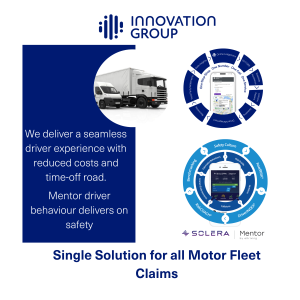Improving the working conditions for your organisation can not only solve driver attentiveness but also make significant inroads towards your overall safety objectives.
It goes without saying that safety is a given within any office, and the mobile workplace is no different. Wherever your drivers are, risks continually need to be mitigated and assessed.
For every organisation making use of the following techniques can provide significant improvements to not only the way your drivers think about safety, but the way they feel about your organisation in general.
Communicate Clearly and Measure Fairly
Are you connecting with your employees regularly? Are they on board with your vision?
When communication breaks down and people don’t know where they stand, everyone suffers for it. Organisations can often see productivity decrease, loss of morale, and a huge increase in mistakes and driver incidents.
Communication problems between fleet manager and drivers can often be a result of out of date metrics or a lack of efficient telematics software. When drivers feel like they are being tracked unfairly on measures they can’t control, they often become frustrated and uncommunicative. When fleet managers have to rely on complicated or inaccurate metrics, they are unable to assist their drivers in suggesting ways to correct any fuel efficiency or general driving issues. Keep things simple enough that everyone is on the same page and talk to your drivers regularly.
Reward Development
Who are the best drivers in your fleet? Are they being recognised for their overall commitment to driving safely?
In general, rewarding your employees results in much higher productivity and engagement, and a system as such can act as so much more than just dangling a carrot on a stick. Recognising achievements allows your drivers know their hard work is valued. It helps them understand that there is always a higher level to strive toward, and that there could be something worth waiting for them when they get there.
Even if it costs extra to reward your drivers with fair incentives, the investments are usually worth it if it means increased engagement and retention. The cost of replacing and fixing vehicles for crashes or minor incidents far outway the costs of rewarding your very best drivers. Make the effort and see the benefits flow on to your organisation over the long term.
Lead From The Front
As a fleet manager are you proactive or reactive in your role? Are you simply putting out spot fires as they happen, or are you putting in place tangible plans to prevent pain down the track?
The best leaders within the fleet industry are masters of precision. They are organised, attentive to detail and make a point to ensure their drivers think and engage with them in a similar way. Whether it be through education, regular face-to-face communication or analysing data trends, the top fleet managers make a point that they stand for safety and trust their employees to be as serious about it as they.
Create a sense of trust among your drivers and lead by demonstrating excellent driving skills yourself whenever you hop behind the wheel.










